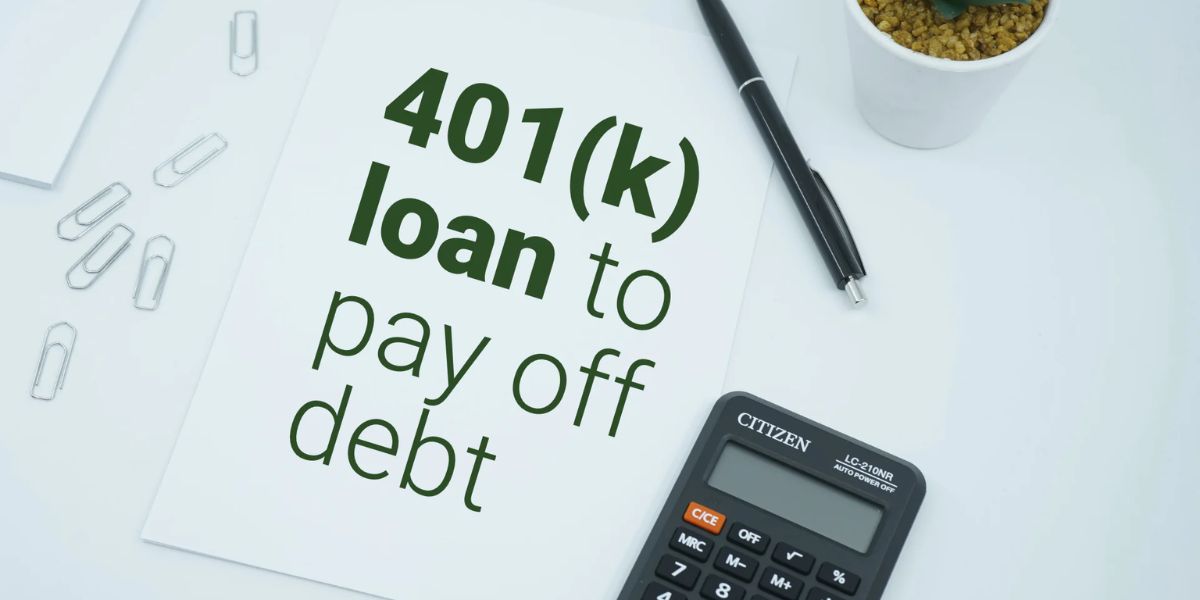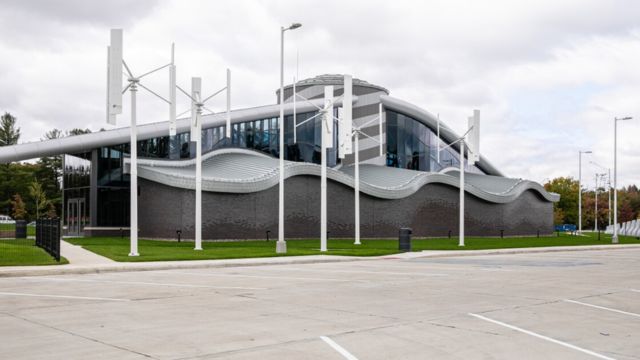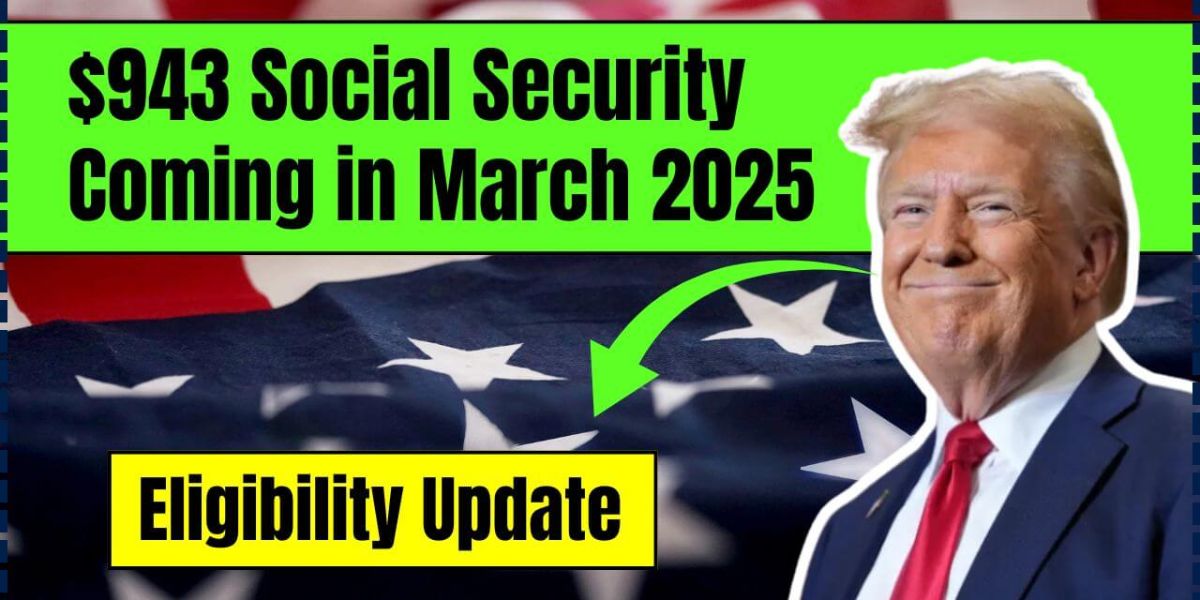Life doesn’t always go according to plan, and that applies to finances too. For many Americans, unexpected medical bills or simply the accumulated weight of high-interest debt can create financial strain just when retirement savings should be a top priority.
Some 13% of 401(k) participants had an outstanding loan against their retirement accounts, according to a 2023 Vanguard study, with an average loan amount of $10,708. But as Vince DeCrow, founder of Chicago-based RISE Investments, cautions: “Utilizing a 401(k) loan can be risky and can jeopardize a portion of your retirement account if you don’t handle the payback properly.”
With this in mind, let’s explore if you should use a 401(k) loan to pay off debt — including when it might make sense (and when it doesn’t).
What is a 401(k) loan?
A 401(k) loan isn’t a “hardship” provision, but rather a feature that allows you to borrow from your retirement funds without taxes or penalties as long as you repay the loan according to its terms. When you repay the loan, you also pay interest — typically the prime rate plus 1% to 2% — which also goes back into your 401(k) account.
“A unique benefit of using a 401(k) loan to eliminate debt is interest savings, especially if you’re using the loan to pay off a high-interest credit card balance,” DeCrow explains. “Before taking a loan out, you must feel confident that you’ll be able to pay the loan off via automatic paycheck deductions prior to retiring or leaving the company.”
It’s also important to note that you’re paying the loan off with after-tax dollars — which means double taxation when you withdraw the money in retirement.
Not all employers offer 401(k) loans, so you’ll want to ask your plan administrator if this option is available to you.
💡Keep this in mind: A 401(k) loan is not the same thing as a hardship withdrawal. With a hardship withdrawal, you must prove that you have an “immediate and heavy financial need,” according to the IRS, and the funds are heavily taxed. It’s also a permanent withdrawal, which means the money you take out is not repaid to your 401(k) account.
Limits and repayment terms
The IRS limits 401(k) loans to the lesser of $50,000 or 50% of your vested account balance. For example, if your vested balance is $120,000, you can borrow up to $50,000. However, if your vested balance is only $40,000, you would be limited to borrowing a maximum of $20,000 (or 50% of your vested balance).
There’s one exception to the 50% rule: If your vested balance is less than $10,000, you may be allowed to borrow up to 100% of this balance, if your plan allows it.
Most 401(k) loans must be repaid within five years through automatic payroll deductions, though you may have longer to pay if the funds are being used for a primary home purchase. Payments must be made at least quarterly and missing loan repayments can result in the loan being classified as a distribution, triggering taxes and penalties.
Benefits of using a 401(k) loan
While it’s important to approach 401(k) loans with caution, they do offer certain advantages for paying off high-interest debt when compared to other options:
- No credit check. Unlike with personal loans or home equity loans and HELOCs, a 401(k) loan doesn’t require a credit check since you’re borrowing your own money.
- Interest paid goes back to you. Unlike with other types of loans, you pay yourself back, with all interest paid going back into your account — though with after-tax dollars.
- Potentially lower interest rates. Rates with a 401(k) loan are typically lower than credit cards and some personal loans. And unlike these options, you’re not paying a lender interest.
- Simple application process. Because you don’t need to qualify through an underwriting process, 401(k) loans are generally faster and require less paperwork than other loans.
- Immediate debt relief. 401(k) loans can immediately reduce high-interest debt, helping you save on interest payments.
Reasons to think twice before borrowing from your 401(k)
Despite the apparent benefits of using a 401(k) loan to pay off debt, this option comes with significant downsides that could impact your retirement security, including:
- Job change risk. If you’re separated from your job for any reason, the entire loan typically becomes due within 30 to 90 days. And if you can’t pay in time, the balance owed becomes a taxable distribution — plus you may be on the hook for a 10% early withdrawal penalty if you’re under age 59 ½.
- Lost investment growth. Money removed from investments can’t compound over time. For example, if you take a $20,000 loan at age 55 with a standard five-year repayment term, you’ll gradually reinvest the money but miss out on its full growth potential.
- Double taxation trap. You repay 401(k) loans with after-tax dollars that will be taxed again when withdrawn in retirement. It means you’re effectively paying taxes twice on the same money.
- Reduced contributions. If you’re like many borrowers, you may reduce or stop new contributions while repaying your loan, potentially compounding the loss to your retirement readiness.
- Lost bankruptcy protection. 401(k) assets are normally protected from creditors in bankruptcy proceedings, but once withdrawn as a loan, that protection disappears.
| ⚠️ We asked an expert: When not take out a 401(k) loan |
| If someone expects they could be leaving a company within a year or two, or feels their job may be at risk if their company is cutting headcount, they should absolutely not take out a 401(k) loan. The same goes for someone who is planning to retire within two years that is hoping to maximize the growth of their 401(k) balance prior to retiring. Lastly, if a person has very little discretionary take-home pay before taking out a 401(k) loan, then taking out the loan would be a bad decision. This is because 401(k) loan payments are a paycheck deduction and would further diminish the amount of discretionary income they are taking home each month.
— Vince DeCrow, Founding Principal, RISE Investments |
When a 401(k) loan might make sense
Beyond tackling high-interest debt, here are situations when a 401(k) loan might make financial sense:
- To avoid foreclosure or eviction. If your housing is at imminent risk, a 401(k) loan can provide quick access to funds that could prevent foreclosure or eviction. This type of situation generally outweighs the downsides of borrowing from retirement.
- For essential medical procedures not covered by insurance. When facing a critical health situation, immediate treatment may be necessary. A 401(k) loan can help pay for procedures that significantly impact your quality of life or are medically necessary.
- As a bridge during temporary financial hardship. During a short-term cash flow problem where you have confirmed future income, a 401(k) loan can help manage essential expenses until those funds arrive.
- When bankruptcy isn’t viable. If bankruptcy would cause particular hardship — such as professional licensing problems or when you wouldn’t qualify for Chapter 7 —, a 401(k) loan might be a preferable way to manage debt.
⚠️ Keep this in mind: 401(k) loans should only be considered after exhausting all other reasonable options, and ideally, after consulting with a financial advisor who specializes in retirement planning.
Alternatives to consider instead of a 401(k) loan
Before borrowing from your retirement savings to tackle high-interest debt, consider these alternatives that may better suit your situation — and potentially save you money in the long run.
Personal loans
Personal loans from banks, credit unions or online lenders like Lending Club, LightStream, or Upgrade provide a lump sum with fixed repayment terms, making them a straightforward way to consolidate high-interest debt without touching your retirement savings.
✅ Pros: Fixed interest rates (typically 7% to 36% APR) offer predictable payments with no impact on retirement savings like 401(k) loans
❌ Cons: Requires a good credit of 670 or higher and carries higher interest than 401(k) loans for those with average credit
⭐ Best for: People who have good to excellent credit and can secure a rate below 10%, or who value the flexibility to change jobs without loan consequences.
Home equity loans and lines of credit (HELOCs)
Home equity options allow homeowners to borrow against their property’s equity — often at much lower rates than credit cards or personal loans — but are secured by your home, which could lead to foreclosure if you can’t keep up with the payments.
✅ Pros: Possible lower interest rates (currently averaging 8% to 10% APR), potential tax deductibility if used for home improvements and longer repayment terms than 401(k) loans
❌ Cons: Puts your home at risk if payments are missed, and many experts advise against converting unsecured debt like credit cards to secured debt with a home equity loan or HELOC
⭐ Best for: Homeowners who’ve built up significant equity in their homes, plan to stay in their home long term and are comfortable converting unsecured debt like credit cards and personal loans to debt secured by their home.
Debt management plans (DMPs)
Offered through nonprofit credit counseling agencies, DMPs are designed to lower your interest rates and consolidate payments without taking a loan, providing a structured plan for getting out of debt.
✅ Pros: Can reduce credit card interest rates to 6% to 10% without borrowing, consolidates payments into one monthly payment and includes professional credit counseling
❌ Cons: May require closing credit accounts during the program, takes 3 to 5 years to complete and can have a temporary, but negative, impact on your credit score
⭐ Best for: Borrowers who have multiple credit card debts totaling more than $5,000 and prefer not to take on new loans.
Balance transfer credit cards
Balance transfer credit cards offer interest-free promotional periods that can give you breathing room to pay down high-interest debt without accruing additional interest charges, potentially saving thousands compared to both regular credit cards and personal loans..
✅ Pros: 0% introductory APR for 12 to 21 months and preserves retirement savings
❌ Cons: Usually requires good-to-excellent credit, typically charges 3% to 5% transfer fees and high interest kicks in after promotional period
⭐ Best for: Disciplined borrowers who can realistically pay off the debt during the 0% promotional period and have good enough credit to qualify.
Debt settlement
This approach involves a legitimate debt settlement company or lawyer negotiating with your creditors to accept less than the full amount owed. But this option comes with high costs and serious risks to your credit — and even potential lawsuits from your creditors.
✅ Pros: Many companies claim they can reduce your principal debt amount by 30% to 70%
❌ Cons: Significant credit score damage, high fees and creditors may still call or even sue you for unpaid balances
⭐ Best for: People who want to use this opinion as a last resort before bankruptcy and are willing to take the hit to their credit and accept the risk of potential lawsuits.
Bankruptcy
While often viewed as a last resort, bankruptcy can actually be the most protective option for your retirement savings when debt has become truly unmanageable, as retirement accounts like 401(k)s typically receive protection in bankruptcy proceedings.
✅ Pros: Stops creditors from calling and pursuing payment, discharges eligible debts completely and typically preserves 401(k) accounts
❌ Cons: Serious credit impact for 7 to 10 years, and not all debts may be dischargeable
⭐ Best for: Financially distressed individuals who have exhausted all other options.
💡 Expert tip: Many older Americans qualify for free financial counseling through the National Council on Aging. Reach out to the NCOA online or call 1-866-217-0543 to speak with a counselor certified by the National Foundation for Credit Counseling.
FAQs: 401(k) loans, personal loans and protecting your money
Learn more about 401(k) loans with these common questions. And take a look at our growing library of personal finance guides that can help you save money, earn money and grow your wealth.
Can I continue contributing to my 401(k) while repaying a loan?
Yes, most plans allow continued contributions (with some possible limitations) while repaying a 410(k) loan, though some participants find it financially difficult to do both.
Do 401(k)s allow hardship withdrawals?
Yes, hardship withdrawals from your 401(k) — which are different from 401(k) loans — may be available for specific situations like preventing eviction or foreclosure or to pay for medical expenses. However, these withdrawals are taxable and may be subject to the 10% early withdrawal penalty if you’re under age 59½.
Can I take a 401(k) loan without telling my spouse?
While it’s legally possible, retirement decisions are best made together, especially for couples approaching retirement.
Is credit repair the same as credit counseling?
No. Credit repair companies are for-profit enterprises that focus only on filing disputes with lenders, creditors and credit bureaus — nothing you can’t do yourself — for a fee.
Credit counselors, however, work for nonprofit organizations and counseling agencies to provide free help with budgeting, building credit and managing debt for long-term success. You can find a certified credit counselor through the National Foundation for Credit Counseling.
Where can I get professional help in retirement?
Look into these helpful resources that can help you navigate challenges in retirement:
- Local senior assistance programs. Many communities support programs specifically designed to assist low-income seniors, and each state has its own office or agency for the aging. To find these programs, contact your local Area Agency on Aging.
- Benefits Checkup tool. The National Counsel on Aging offers an online benefits tool that can connect you with programs to help pay for health care, medicine, food, utilities and more. Just enter your ZIP code to get started.
- Government resources. Federal and state programs offer financial assistance for seniors, such as Supplemental Security Income (SSI) or Low-Income Home Energy Assistance Program (LIHEAP), which can help with basic living costs.
- Volunteers of America. Among the nation’s largest human-service organizations, Volunteers of America provides a wide range of services for the elderly, such as meal programs, transportation, help with Medicare enrollment, nursing care and affordable housing.
- 2-1-1 hotline. This FCC-supported hotline is your three digits for information and social services that can help with food, finances, transportation and other necessary support through more than 200 local organizations, including United Way, Goodwill and community action partnerships. Simply dial 2-1-1 for help or search for help by ZIP code.







